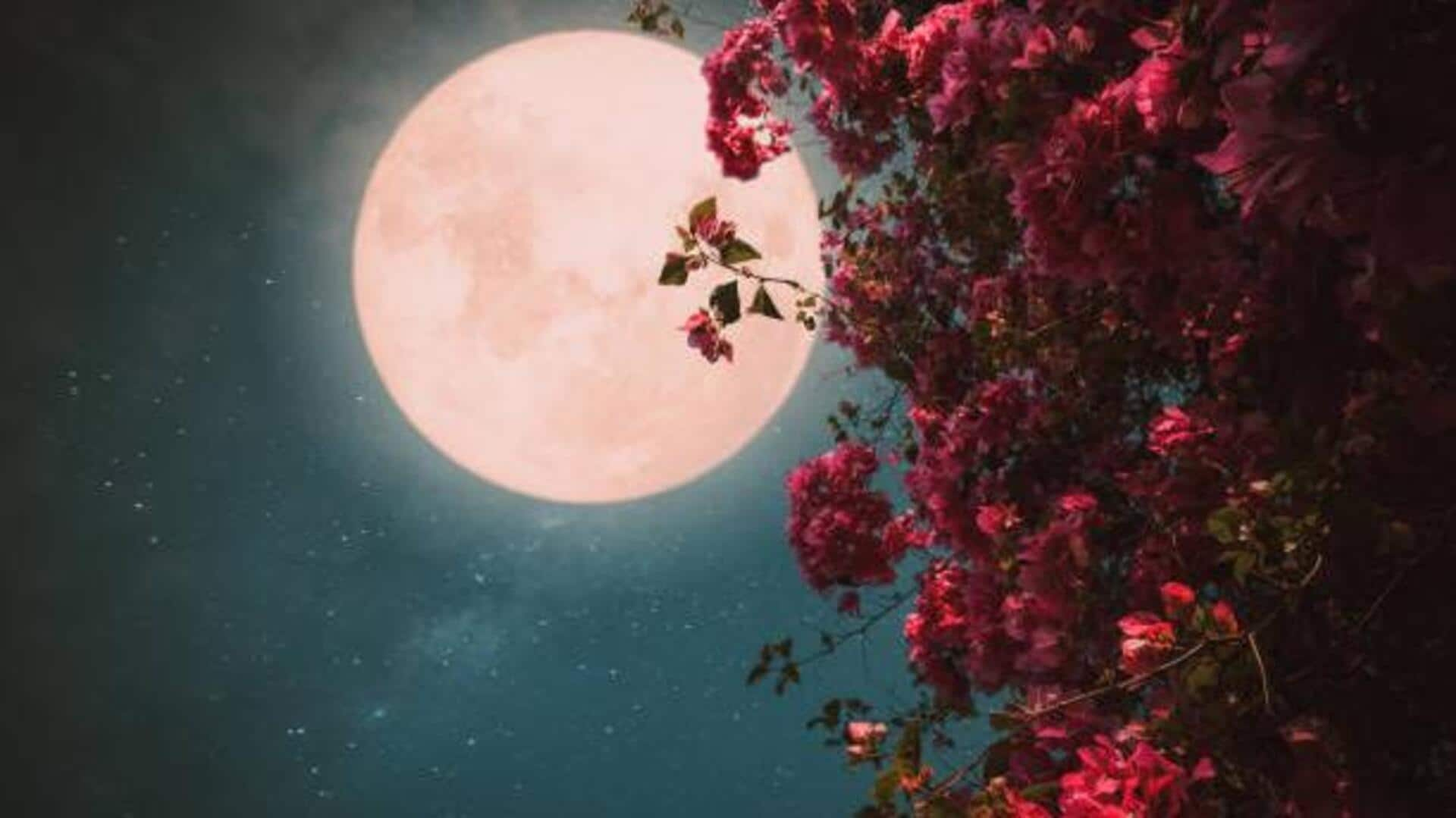
Gardening enthusiasts: You can't miss this cosmic trend
What's the story
Viewing the night sky through the lens of a garden offers a unique fusion of astronomy and horticulture. Floral constellation mapping is a new trend that combines the beauty of flowers with the mystery of celestial patterns. This article explores how enthusiasts can cultivate their own floral constellations, transforming the experience of nighttime garden astronomy by using flowers to represent stars and constellations in a terrestrial setting.
Selection
Choosing the right flowers for your celestial garden
Choosing the right flowers is key to creating a beautiful celestial garden. Select species that bloom at night or have reflective petals to create a star-like effect under the moonlight. Moonflowers, evening primroses, and four o'clocks are perfect choices for their night-opening blooms and vibrant colors. Adding silver or white foliage plants like dusty miller will further amplify the starry-night illusion.
Mapping
Planning your garden layout according to constellations
After you've selected your flowers, the fun part begins: designing your garden's layout. Use a star chart to precisely map out constellations on your ground. This means choosing different flower types to represent various stars, with larger blooms for brighter stars and smaller ones for dimmer stars. Be sure to space each "star" appropriately, so as they grow, the constellation patterns stay clear and not crowded.
Illumination
Incorporating lighting for enhanced night viewing
To enhance your evening stargazing experience, add soft outdoor lighting to your night garden. Solar-powered LED lights can be strategically nestled among your floral constellations to gently illuminate pathways and accentuate specific areas without overpowering the serene moonlight glow. Steer clear of bright or harsh lighting as it may disrupt the tranquil celestial ambiance you're aiming to create.
Learning
Educational opportunities in astronomical horticulture
Building a floral constellation garden is not just beautiful, it's educational too! Families can learn about different constellations, star magnitudes, and nocturnal plants through the fun, hands-on experience of gardening. This idea can be implemented in science classes or summer camps at schools and community centers. It provides a fun and interactive way to teach astronomy and botany together.
Upkeep
Maintenance tips for your celestial garden
Regular maintenance ensures the longevity and beauty of your celestial garden. Water early in the morning or late in the evening to reduce evaporation during hot days. Prune dead flowers to stimulate new growth and keep constellation patterns visible. Use mulch around plants to conserve soil moisture and suppress weeds, preserving your garden's stellar design without unwanted distractions.